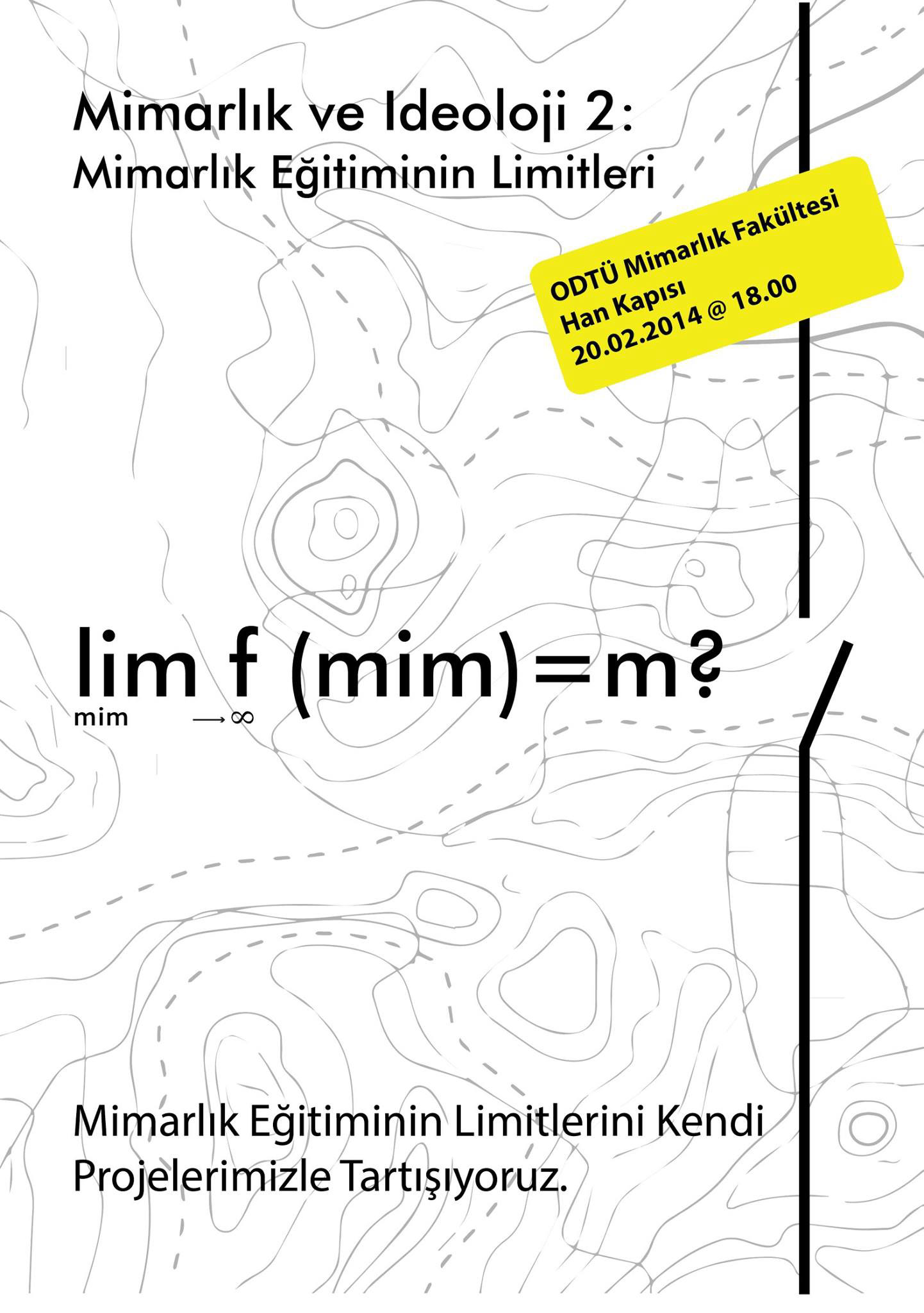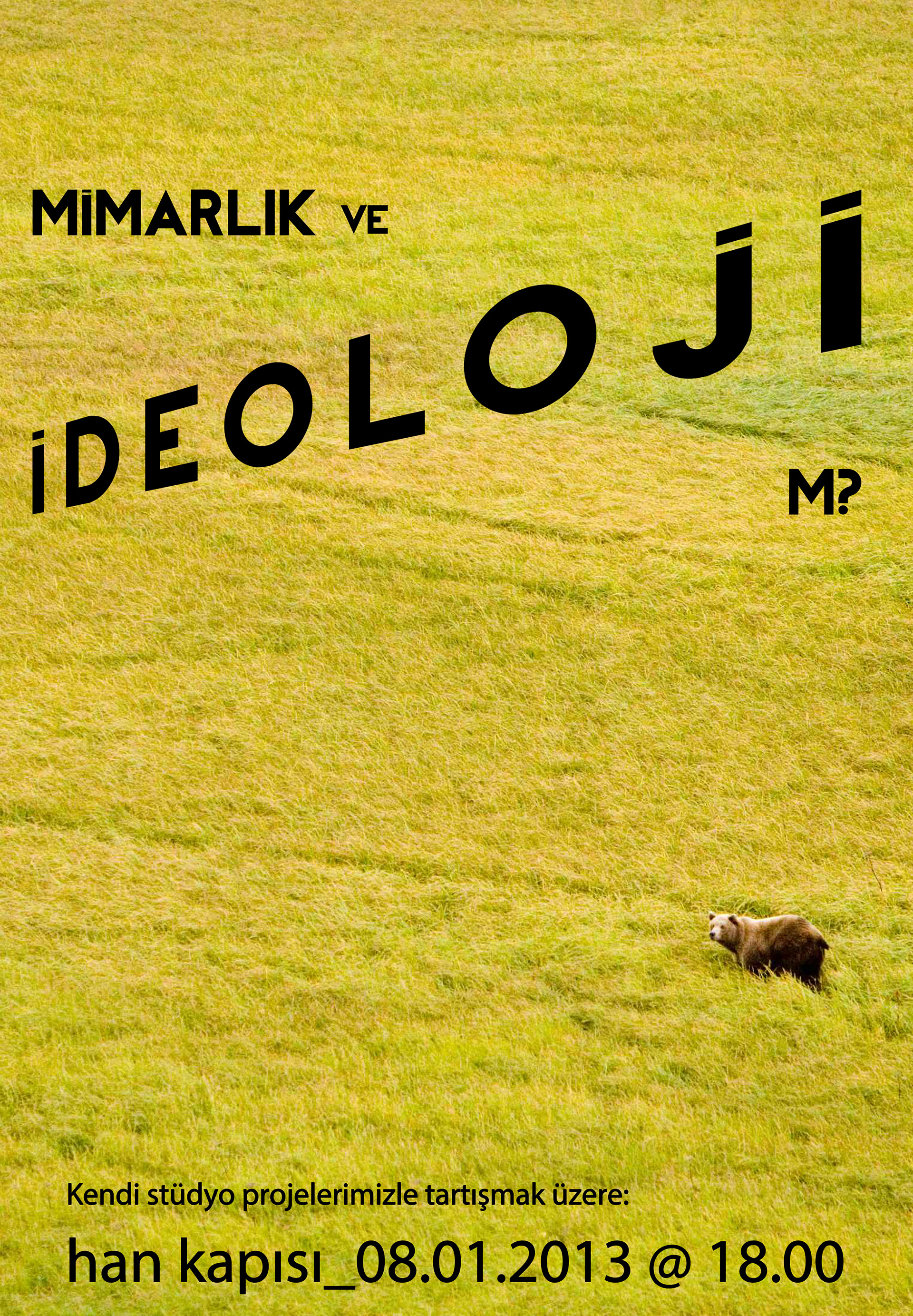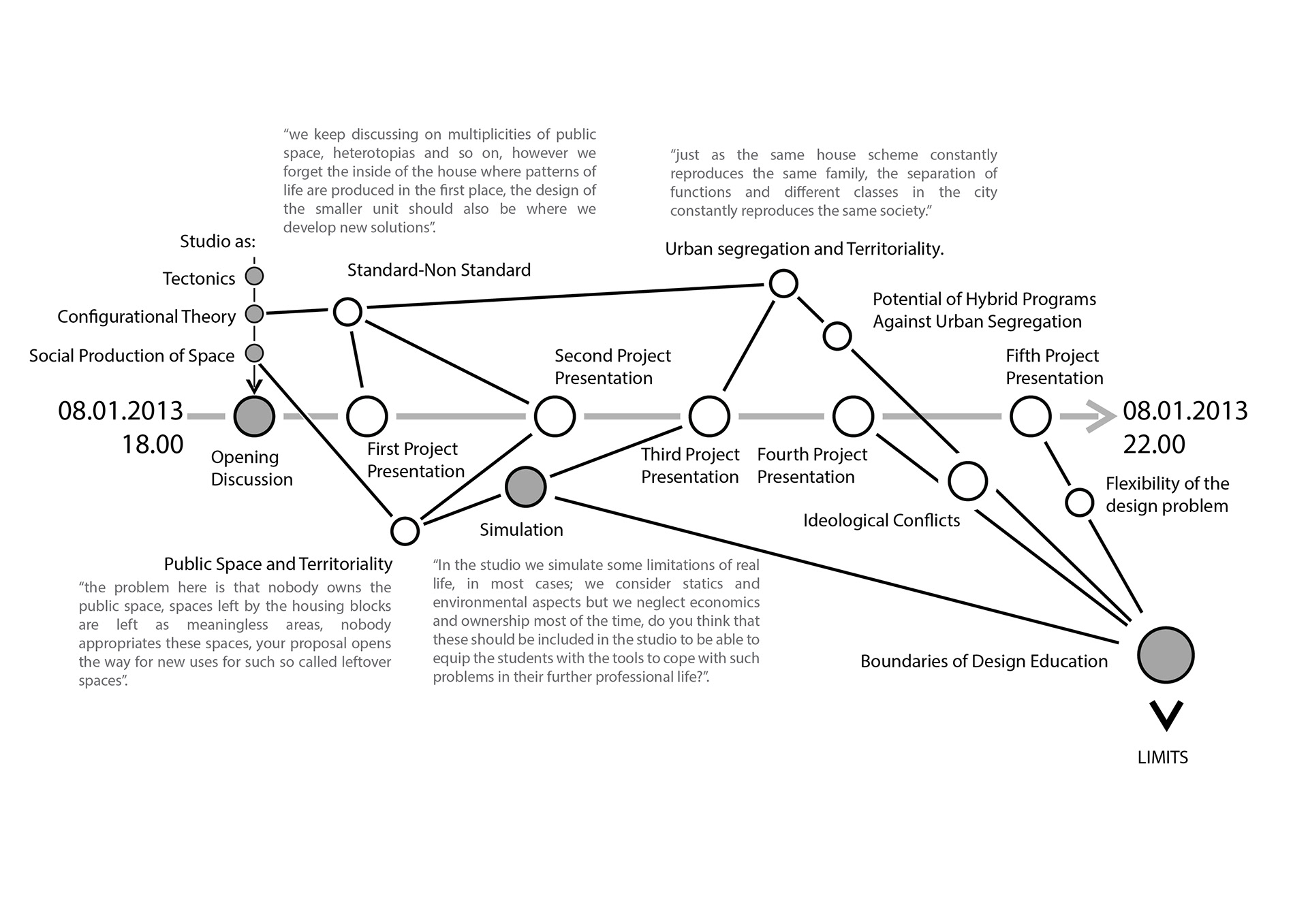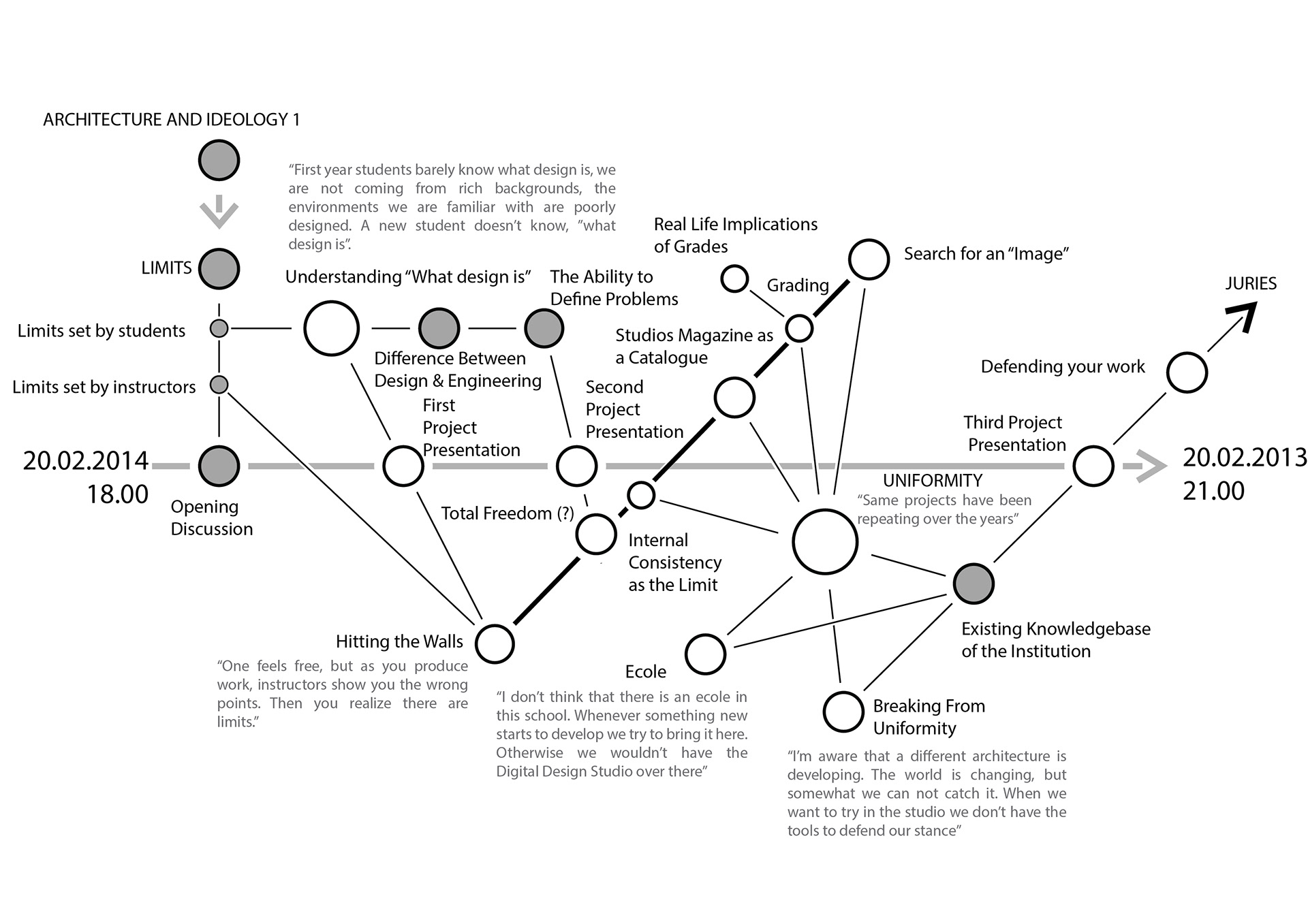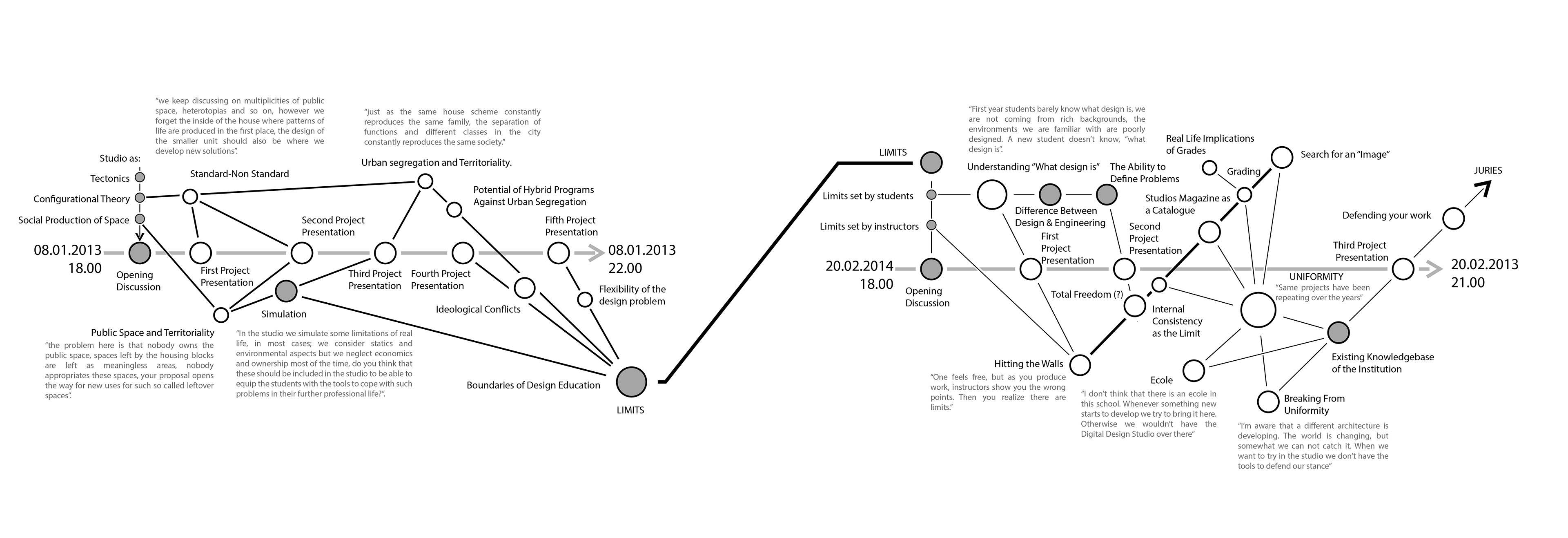Constructed Limits of Design Studios
Acar, Yigit.(2015) Discussion Upon the Constructed Limits of Design Studios, Open House International 40(2):5-11 . Doi: 10.1108/OHI-02-2015-B0002
We can define architectural design studios as environments of simulation. Within this simulation, limitations of real-life architectural problems of practice are synthetically constructed. However, the constructed reality is far from the reality of existing practice.
In Architecture: Story of Practice, Dana Cuff makes a sociological study of architectural design practice. In the volume, she discusses design studios as limited versions of actual design practice. Compared to the actual practice, students are alone in the studio, without a multiplicity of actors involved in the process, and the design problems are clearly defined. Cuff points out these shortcomings and provides guidelines to overcome them.
One of the shortcomings mentioned in Cuff’s study is that design studios do not represent the variety of actors present in real-life situations. Cuff suggests including representatives of different actors in the studio practice to overcome this. If the studio fails to support itself with a variety of actors, the instructors start taking on the role of many possible participants in a design process. The instructors simulate the user, the owner, the engineer, the contractor, and so on. This type of approach in design studios leads to a certain result: the instructors' ideological construct becomes the foundation of the constructed reality in the studio.
This study explores the ideological construction of the design studio through active involvement with undergraduate students. Through the findings of two discussion sessions, students' own ideological positions, their relationship with external realities, and the limits imposed on such relations by the studio instructor's own ideological stances are explored.
